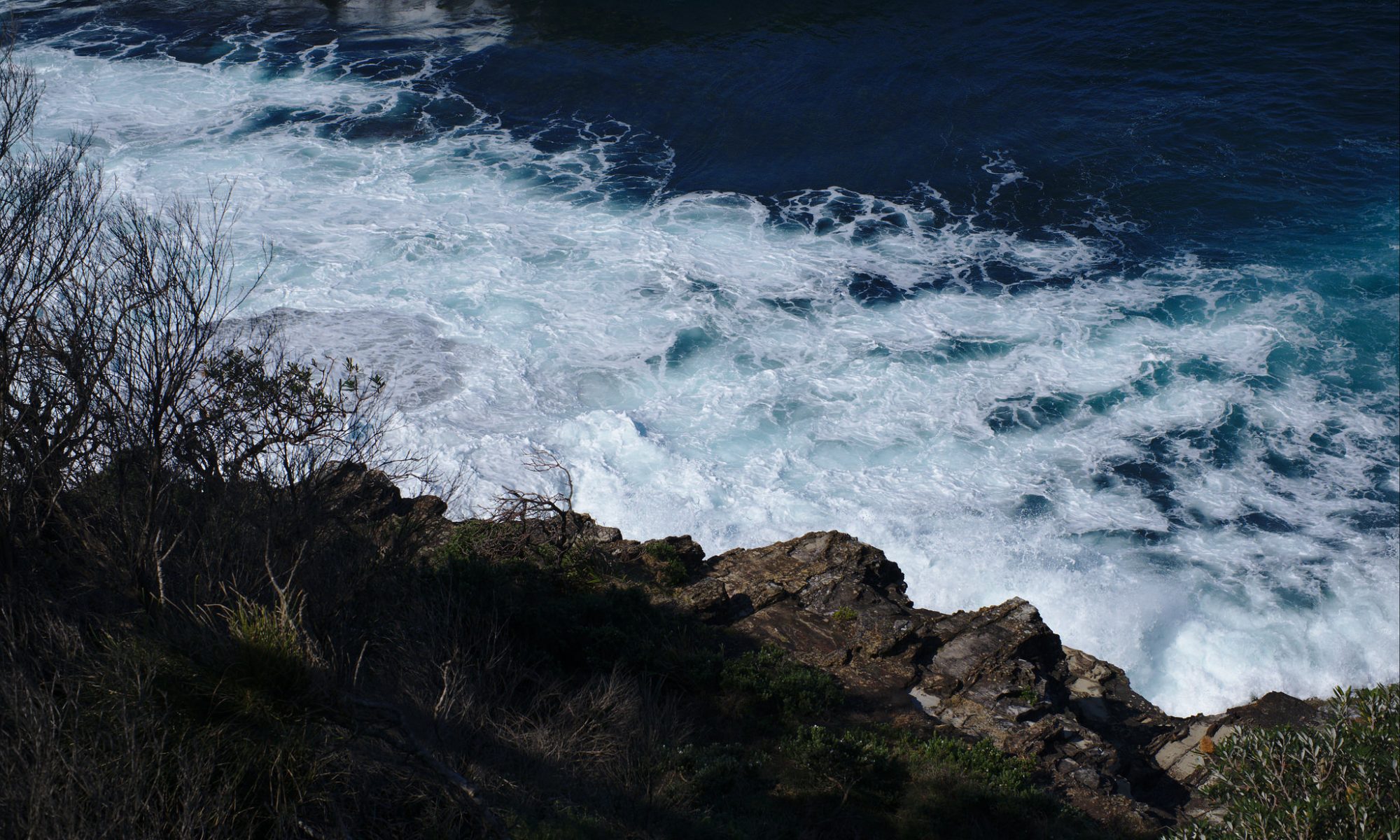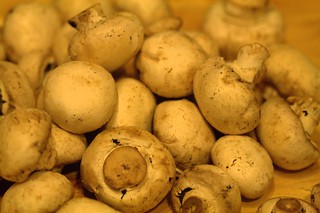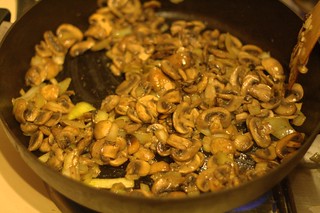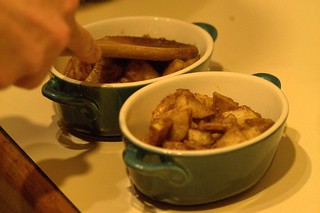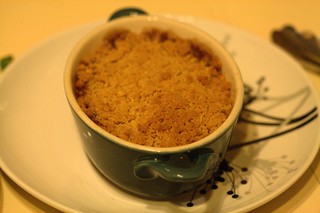This article originally appeared on Hoyden About Town.
This is part of Tansy Rayner Roberts’s Blog Book Week challenge, about favourite childhood reading, how we read these books, and why we remember them.
I’m going to write about two Ruth Park books this week, Playing Beatie Bow and My Sister Sif.
Spoilers for Playing Beatie Bow ahoy!
Background/plot summary: Playing Beatie Bow is a 1980 older children’s book by New Zealand/Australian author Ruth Park. In it, fourteen year old Abigail sees a strange young girl (thin, wearing odd clothes, “furry” shorn head) watching her babysitting charges play, especially when they play “Beatie Bow”, a ghost game. One day she gives chase to the girl and finds herself in Sydney in the same area, only in 1873. She quickly incurs a head injury after being knocked down in the street by Samuel Bow, a war veteran who himself has a brain injury and “takes spells” (flashbacks) as a result. It emerges that the strange girl is his daughter, Beatie, who had found herself several times in the twentieth century watching a game featuring her own ghost.

While both parties hide their knowledge from each other for a while, the Bow and Tallisker (Beatie’s mother’s name) families who share a house in the Rocks know that Abigail is from a different time and will not help her return to the twentieth century. It emerges that some of the women in their family have a psychic Gift as a result of their Orkney heritage, and that every fifth generation it is imperiled, with a prophecy that of the adults in that generation, one is to be barren and one to die, risking there not being another generation. When this happens, the family is visited across time by The Stranger, in this case Abigail, who is destined to save enough of them to continue the Gift. The family has recently had scarlet fever and only a few members of the fifth generation survive: Beatie; her older brother Jonah; and her younger brother, Gilbert, yet to recover his health after the fever; and their cousin Dorcas (“Dovey”). Abigail is initially desperate to return home, but falls in love with Jonah, a sailor, when he has shore leave, and is more conflicted, especially since Jonah is betrothed to Dovey.
Eventually Samuel Bow causes a house fire, from which Abigail saves Dovey and Gilbert. She returns to the twentieth century that same day, under the care of Beatie, still cross with Abigail for pursuing Jonah. Shortly after returning she researches the family history in the newspapers, which suggests that Jonah probably died at sea shortly after she left. She then has a vision which shows that Beatie became a scholar, and that Jonah married Dovey but indeed died young at sea. She tries and fails to warn the family across time. Abigail is overwhelmed with grief that she cannot speak of.
Before long her own parents reunite after years of separation and move with her to Norway. In the final pages of the novel, she returns to Sydney five years later to discover by chance that the Crowns, her former babysitting charges, are descendants of Gilbert Bow through their mother, and (it is heavily implied) Abigail begins a relationship with their uncle Robert Bow after the novel ends. She realises that instead of her role as The Stranger being to save Dovey from the fire for Jonah as the family had believed, it was to save Gilbert.
I think I received Playing Beatie Bow as a gift from a book-loving relative. I wasn’t born when it was written, and probably read it in about 1992 or a bit later, when I was slightly younger than Abigail is for most of the novel. I remember finding the twentieth century portions rather strange for a while: this relative was in the habit of giving me high quality very recent books, and I didn’t realise for a while that the book was more than a decade old and the portrayals of Abigail’s high school experience (secondhand, as she thinks of them with contempt over summer) were using slang and events from the late 1970s! At the time I knew almost nothing about the 1970s, so it sounded rather as if Park had made up a bunch of plausible sounding teenage slang.

Abigail’s teenage alienation was a bit of a foreign country to me at the time. The novel begins with her spending the summer being angry about all sorts of things: her father leaving her mother for another woman, which has alienated Abigail so much she has changed her given name to one that isn’t connected with her father’s affection; her peers at school and their teenage crushes; her mother’s decision to re-partner with her father after his long-lived relationship with another woman. Interestingly, a big part of the novel is Abigail, via falling in love with someone else’s fiancé, coming to a realisation that there’s more going on with love than people falling in love to spite her. The coda at the end in which Abigail has demonstrably grown up emotionally in her nine-odd months in 1873 and then her five years in Norway was also important to me: the Norway part of the arc, being realism, maybe more important than the time-travelling.
It was probably also one of the first encounters I had with a critique of the idea that history is a uniform progression from worse conditions to better conditions (yeah I know, a pretty obvious misconception in hindsight): this critique is put into the mouth of Jonah who is utterly uninterested in the magic that awaits his world in the twentieth century.
Sydney always makes novels memorable for me, too. I didn’t grow up in Sydney, but rather in regional NSW, and as a teenager it tended to signify freedom to me. I was always very excited to have a book with a strong Sydney-centric sense of place: besides Playing Beatie Bow I think only Melina Marchetta’s novels were as evocative for me. (Only Looking For Alibrandi was actually published when I was a child, I was 22 and already lived in Sydney when she published Saving Francesca, and a new mother in my late twenties when The Piper’s Son came out.) Playing Beatie Bow is very thoroughly set in The Rocks around Argyle Street, and grounded in the local geography to the point where I believe it’s possible to identify the set of stairs that led Beatie into the twentieth century and Abigail into 1873.
Fan service insight for other dedicated Beatie Bow readers: there’s very brief speculation by Robert Bow at the end of the novel that his niece Natalie Crown, Abigail’s former babysitting charge and the only other person who could see Beatie watching them play, has the Gift, but otherwise the form the Gift takes in Gilbert’s descendants and what it means to have it with very little cultural connection to the Orkneys and its supernatural origins there, is totally unexplored.
I worked this over several times when I was younger: if I was counting the generations correctly, the fifth generation of Talliskers/Bows/Crowns after Gilbert ought to be Natalie and her brother Vincent, which should make them subject to the “one to be barren, one to die” curse (by the way, the inevitable “cursedness” of being childless is called out in the novel, by Beatie who deeply wants to be, and ends up being, the childfree one). If Abigail and Robert had children, the fifth generation would contain their children also. This last is of course a stretch given that about the first week of Abigail and Robert’s relationship is shown in the novel, but hey, fanon calling.
In addition, in the novel, Granny Tallisker, who had the strongest Gift, spends some time trying and failing to work out why on earth Abigail is their Stranger, since they expected someone with a family relationship. Neither of them at that point knows about the relationship with the Crown children, or for that matter that Gilbert is to live. But if a family relationship is required, Abigail doesn’t have this it unless she goes on to partner with Robert Bow.
In any event, whatever happens to Robert and Abigail, it seems that the Crowns are due a Stranger at some point in their lives. I was always surprised that Park didn’t write a sequel, given this (although as an adult, I can see why it would be difficult to preserve the tone with one novel set in 1873 and the other in the late twentieth century). In my fanon, a somewhat older Beatie ends up being their Stranger, in a reciprocal relationship to that Abigail had with her family.
